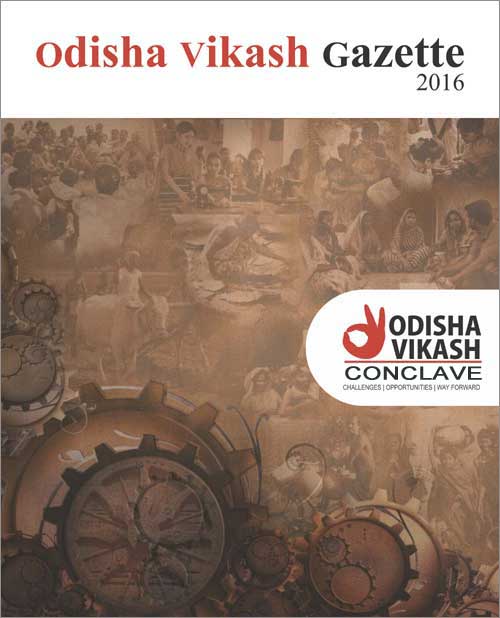Panchayati Raj
Venue: SIRD – (State Inst. of Rural Development) Unit-8
Despite a long historical and social legacy in India, the modern Panchayati Raj Institutions (PRIs) created by the 73rd Constitutional Amendment Act, 1992 have not been able to make a dent. The Act was further stengthened by providing centrality to Panchayats in Mahatma Gandhi National Rural Employment Guarantee Act, 2005 and the Forest Rights Act, 2006. With nearly 3 million elected representatives, of whom about 1.4 million are women and a million Dalit and tribals, Panchayats have ensured visible participation of the hitherto marginalized social groups in grassroots governance.
The Ministry of Panchayati Raj developed a National Capability Framework, 2014, to provide guidance for capacity building of PRIs. It also launched initiatives such as Panchayat Sashaktikaran Abhiyan, Rashtriya Gram Swaraj Abhiyan and e-governance to strengthen the rural local bodies. The Central Finance Commission and State Finance Commissions recommended increased transfer of resources to PRIs. Panchayats have also been accorded a greater role to play in the development of backward districts under the Aspirational District Programme 2018. As suggested by 4th Odisha Finance Commission, the Government of Odisha (GoO) increased funds for GPs and devolved functions of 11 departments to the PRIs. The GoO also introduced schemes like Ama Gaon Ama Vikash while reorganizing GPs, to improve efficiency in service delivery, increasing their number from 6,336 to 6799.
However, Panchayats are yet to emerge as genuinely vibrant local governments in the State. They largely continue to be reliant on Central and State Governments to determine their functions, finance, and functionaries. That is why even after 25 years of Panchayati Raj in India, there are many issues, which need to be discussed and debated upon.
Discussion Points:
- How to strengthen the Gram Sabha so that it can have more decisive powers regarding the development agenda at the local level?
- What are the obstacles to a genuine devolution of the 3 Fs (Functions, Funds and Functionaries) to the Gram Panchayats? What are the mechanisms necessary to make the Union and State governments more accountable to the PRIs?
- Why are the Panchayats not able to raise their own resources? What measures are necessary to enable them to do so?
- How can the State Finance Commissions (SFCs) add value?
- What steps are necessary to ensure more integrated decentralized planning in the Gram Panchayat Development Planning (GPDP) so that it can become a more effective approach to achieve the Sustainable Development Goals?
- What measures are necessary to ensure accountability from the Gram Panchayats also?


